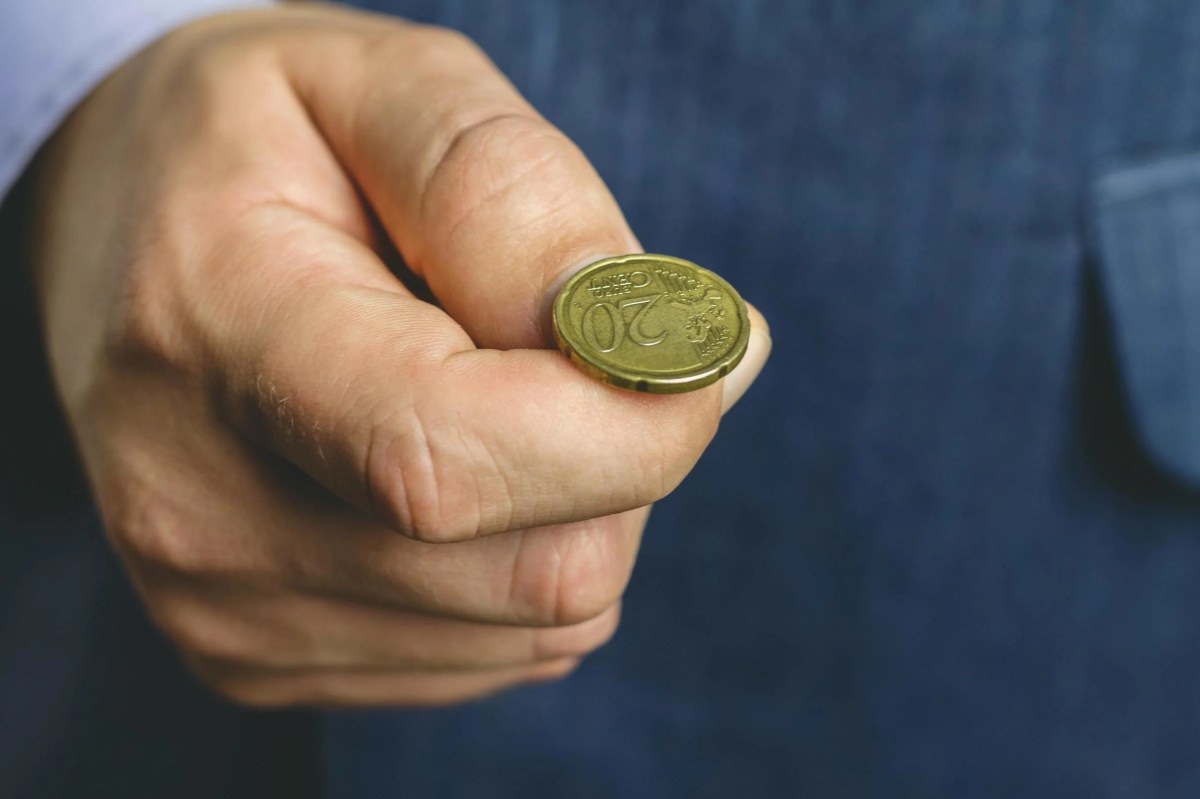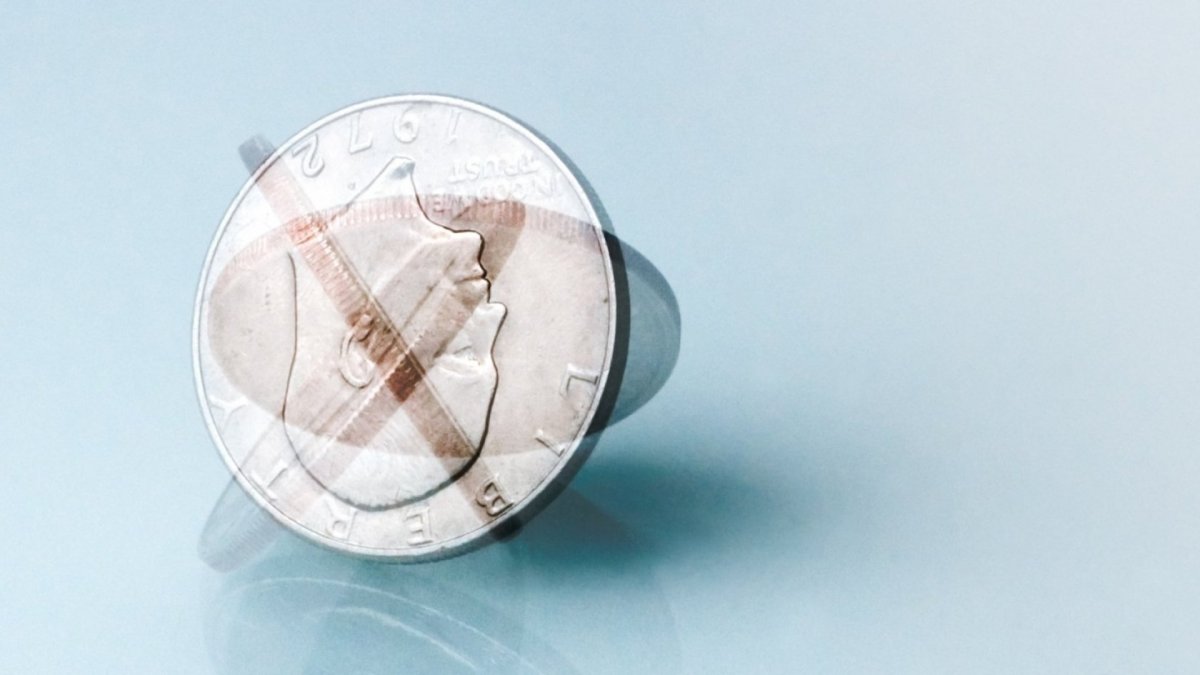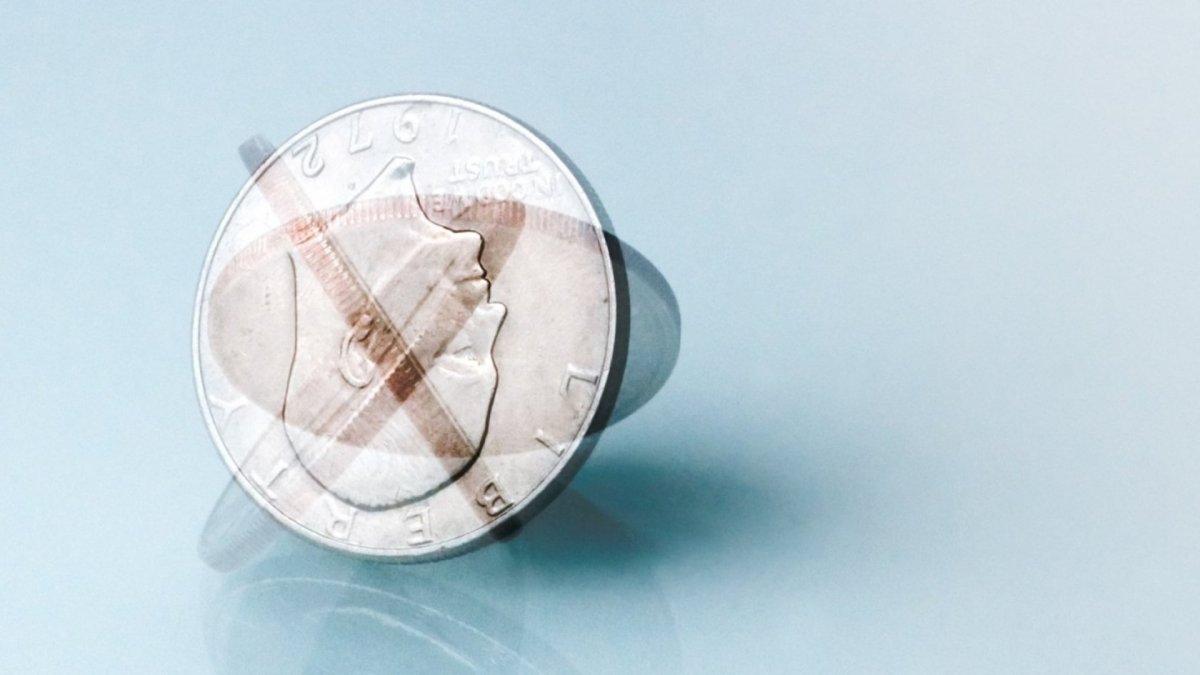Coin toss: A seemingly simple act, yet behind the flip of a coin lies a fascinating world of physics, probability, and cultural significance. From the chaotic dance of gravity and air resistance influencing its trajectory to its widespread use in games and its symbolic representation in popular culture, the humble coin toss offers a surprisingly rich area of exploration.
We’ll delve into the science behind the seemingly random outcome, explore its cultural impact, and even examine methods used to influence (or cheat in!) a coin toss.
This exploration will cover everything from the basic probabilities of heads or tails to more complex scenarios involving multiple tosses and the application of coin tosses as a (sometimes flawed) random number generator. We’ll also touch upon the fascinating ways different cultures view this everyday action, and how it’s been used and portrayed throughout history.
The Physics of a Coin Toss
A coin toss, seemingly simple, is a surprisingly complex event governed by the laws of physics. The outcome isn’t purely random; it’s influenced by a multitude of factors, making a truly unbiased toss challenging to achieve.
Factors Influencing Coin Toss Outcomes
Several factors interact to determine whether a coin lands heads or tails. These include the initial conditions of the toss (height, angle, and spin), as well as air resistance and gravity. The initial velocity and rotational speed imparted to the coin significantly affect its trajectory and final orientation. Air resistance, while seemingly minor, can subtly alter the coin’s path, especially with higher initial spin.
Gravity, of course, dictates the overall descent.
The Role of Randomness and Chaos Theory

While the physics provides a framework, the inherent unpredictability in precisely controlling initial conditions introduces randomness. Even small variations in the starting parameters can lead to vastly different outcomes, highlighting the principles of chaos theory. A seemingly minor change in release angle or spin can completely alter the final result. This sensitivity to initial conditions makes accurate prediction practically impossible without extremely precise measurements.
| Initial Height (cm) | Initial Angle (degrees) | Initial Spin (revolutions) | Predicted Outcome |
|---|---|---|---|
| 20 | 45 | 0 | Heads (approx. 50% probability) |
| 50 | 30 | 2 | Tails (higher spin and angle increase probability) |
| 10 | 90 | 1 | Heads (high angle, less affected by spin) |
| 30 | 60 | 3 | Tails (high spin favors a consistent orientation) |
A Simplified Mathematical Model
A simplified model, focusing solely on initial height (h) and spin (s), could assign probabilities based on thresholds. For instance, if h > 30cm and s > 1 revolution, we might assign a 70% probability to tails. Conversely, if h < 20cm and s < 0.5 revolutions, we might assign a 60% probability to heads. This is a highly simplified model and doesn't account for angle or air resistance. Real-world outcomes are far more nuanced.
Coin Toss in Games and Culture
The coin toss transcends its practical use; it holds a significant place in games and culture, symbolizing chance, fate, and the start of something new.
A simple coin toss is a classic way to make a random decision, right? But did you know you can turn it into a fun game? Check out this cool coin toss game for some extra excitement. It adds a whole new level to the basic coin toss, offering different strategies and challenges. Ultimately, it all boils down to the same fundamental principle: the unpredictable flip of a coin.
Coin Tosses in Games
- Sports: Determining which team gets the ball first (e.g., football, basketball).
- Board games: Deciding who goes first (e.g., Monopoly, Chess).
- Card games: Determining the dealer or other game elements.
Coin Tosses in Popular Culture
Coin tosses frequently appear in literature and film, often representing pivotal decisions or a turning point in a narrative. In some instances, the coin toss can symbolize a character’s internal conflict or the weight of a crucial choice. The act of flipping the coin itself can represent a moment of suspense and uncertainty.
Cultural Interpretations of the Coin Toss
While the mechanics of a coin toss remain consistent across cultures, its symbolic meaning can vary. In some cultures, it might represent a fair and impartial way to settle a dispute, while in others it might be seen as a gamble or a test of fate. Similarities exist in its use for decision-making, but differences emerge in the associated beliefs and rituals.
Probability and Statistics of a Coin Toss
Understanding the probability and statistics behind a coin toss is fundamental to grasping its role in games of chance and random number generation.
Theoretical Probability
In a fair coin toss, the theoretical probability of getting heads is 0.5 (or 50%), and the same applies to tails. This assumes the coin is unbiased and the toss is performed fairly, without any external influences.
Probability of Specific Sequences
The probability of getting a specific sequence of heads and tails in multiple tosses is calculated using the binomial probability formula. For example, the probability of getting three heads in a row is (0.5)^3 = 0.125 (or 12.5%).
Binomial Distribution
The binomial distribution visually represents the probabilities of getting different numbers of heads (or tails) in a fixed number of coin tosses. It’s a bell-shaped curve, symmetrical around the expected value (half heads, half tails), with the peak representing the most likely outcome. The spread of the curve indicates the variability; a larger number of tosses results in a narrower, more concentrated distribution.
Cheating and Manipulation in Coin Tosses
While seemingly simple, a coin toss can be manipulated, although detection is often possible with careful observation.
Methods of Influencing Outcomes
Techniques range from subtly influencing the coin’s initial spin and angle to using weighted coins or sleight of hand. A weighted coin will consistently land on a specific side, while skillful manipulation can control the initial conditions to bias the outcome. The effectiveness depends on the skill of the cheater and the vigilance of the observer.
Factors Contributing to Successful Cheating
Successful cheating relies on both physical dexterity (for manipulating the coin) and psychological factors, such as distracting the observer or creating an environment conducive to deception. The environment plays a significant role; a dimly lit or crowded setting can obscure subtle manipulations.
Comparison of Cheating Techniques
Various techniques exist, each with its own detection methods. Weighted coins are relatively easy to detect through careful weighing or observation of consistent outcomes. Sleight of hand requires more sophisticated observation skills to detect; high-speed cameras might be necessary. Prevention involves careful scrutiny of the coin and the tossing process, potentially using multiple observers.
The Coin Toss as a Random Number Generator

The coin toss is often presented as a simple random number generator, but its limitations become apparent when considering scalability and true randomness.
Suitability as a Random Number Generator
For small-scale applications, a coin toss provides a readily available and easily understood method for generating random numbers (0 for tails, 1 for heads). It’s simple, requiring minimal equipment. However, this simplicity comes with significant limitations.
Limitations of Coin Tosses
The main limitation is the slow generation rate. Generating a large number of random numbers through coin tosses is impractical. Furthermore, achieving true randomness is challenging; subtle biases in the tossing process can introduce non-randomness. Human biases, even unconscious ones, can influence the outcome.
Alternative Random Number Generation Methods, Coin toss

More reliable methods exist, such as using computer algorithms (pseudo-random number generators) or specialized hardware (true random number generators) that leverage physical phenomena like atmospheric noise or radioactive decay. These methods offer speed, scalability, and (in the case of true RNGs) higher levels of randomness compared to coin tosses. However, these methods have their own complexities and potential vulnerabilities.
Final Wrap-Up
From the fundamental physics governing its flight to its symbolic weight in various cultures, the coin toss reveals itself as more than just a simple game of chance. Understanding the probability, the potential for manipulation, and the cultural interpretations surrounding this seemingly simple act provides a compelling insight into the intersection of science, chance, and human behavior. So next time you call “heads” or “tails,” remember the intricate story behind that seemingly simple flip.
Think about a simple coin toss – heads or tails, fifty-fifty odds. Now, imagine a more complex game with similar decision points, where cooperation and trust are key, like the centipede game. Understanding the centipede game can actually help you appreciate the seemingly simple probabilities at play in something as basic as a coin toss, because both involve making choices with uncertain outcomes.
Commonly Asked Questions
Can a coin toss really be truly random?
So you’re thinking about a coin toss to decide something? Heads or tails, right? Well, before you flip that coin, maybe check out some seriously cool aerial perspectives with a drone – like the ones you can find at dji flip canada. After seeing what those drones can do, that coin toss might seem a little less exciting! It’s all about perspective, after all.
While a fair coin toss is designed to be random, perfectly random results are difficult to achieve due to factors like initial conditions and subtle biases in the coin itself or the tossing method.
How can I improve my chances of winning a coin toss?
You can’t reliably influence the outcome of a fair coin toss, as true randomness is the goal. Attempts to manipulate it are generally ineffective and often detectable.
What’s the probability of getting heads five times in a row?
Assuming a fair coin, the probability is (1/2)^5 = 1/32.
Are there any historical examples of coin tosses having significant consequences?
Yes! Many historical events, like the selection of team captains in sports or even the division of land, have been decided by a coin toss. The consequences could range from minor to hugely significant depending on the context.
